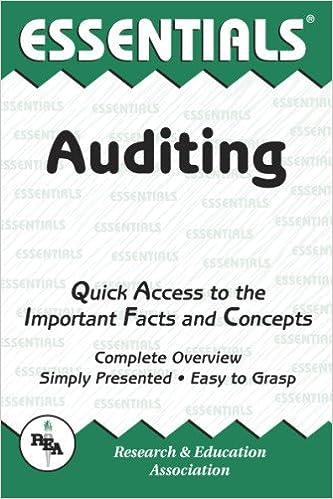Answered step by step
Verified Expert Solution
Question
1 Approved Answer
After extensive research and development, Goodweek Tires, Inc., has recently developed a new tire, the SuperTread, and must decide whether to make the investment necessary
After extensive research and development, Goodweek Tires, Inc., has recently developed a new tire,
the SuperTread, and must decide whether to make the investment necessary to produce and market it. The
tire would be ideal for drivers doing a large amount of wet weather and off-load driving in addition to
normal freeway usage. The research and development costs so far have totaled about $15 million. The
SuperTread would be put on the market beginning this year, and Goodweek expects it to stay on the market
for a total of four years. Test marketing costing $7 million has shown that there is a significant market for
a SuperTread-type tire.
As a financial analyst at Goodweek Tires, you have been asked by your CFO, Adam Smith, to evaluate
the SuperTread project and provide a recommendation on whether to go ahead with the investment. Except
for the initial investment that will occur immediately, assume all cash flows will occur at year-end.
Goodweek must initially invest $300 million in production equipment to make the SuperTread. This
equipment can be sold for 30 percent of its initial purchase price at the end of four years. Goodweek intends
to sell the SuperTread to two distinct markets:
1. The original equipment manufacturer (OEM) market: The OEM market consists primarily of the
large automobile companies (like General Motors) that buy tires for new cars. In the OEM market,
the SuperTread is expected to sell for $50 per tire. The variable cost to produce each tire is $35.
2. The replacement market: The replacement market consists of all tires purchased after the
automobile has left the factory. This market allows higher margins; Goodweek expects to sell the
SuperTread for $75 per tire there. Variable costs are the same as in the OEM market ($35 per tire).
Goodweek Tires intends to raise prices at 1 percent above the inflation rate; variable costs will also
increase at 1 percent above the inflation rate. In addition, the SuperTread project will incur $100 million
in marketing and general administration costs the first year. This cost is expected to increase at the inflation
rate in the subsequent years.
Goodweeks corporate tax rate is 25 percent. Annual inflation is expected to remain constant at 3
percent. The company uses an 18 percent (nominal) required rate of return (or discount rate) to evaluate
new product decisions. Automotive industry analysts expect automobile manufacturers to produce 10
million new cars this year and production to grow at 2 percent per year thereafter. Each new car needs four
tires (the spare tires are undersized and are in a different category). Goodweek Tires expects the SuperTread
to capture 12 percent of the OEM market.
Industry analysts estimate that the replacement tire market size will be 40 million tires this year and
that it will grow at 1.5 percent annually. Goodweek expects the SuperTread to capture a 10 percent market
share.
The appropriate depreciation schedule for the equipment is the seven-year MACRS depreciation
schedule (see Table 1 below). The immediate initial net working capital requirement is $20 million.
Thereafter, the net working capital requirement will be 10 percent of sales. Find the net present value
(NPV) of the project.


Step by Step Solution
There are 3 Steps involved in it
Step: 1

Get Instant Access to Expert-Tailored Solutions
See step-by-step solutions with expert insights and AI powered tools for academic success
Step: 2

Step: 3

Ace Your Homework with AI
Get the answers you need in no time with our AI-driven, step-by-step assistance
Get Started


